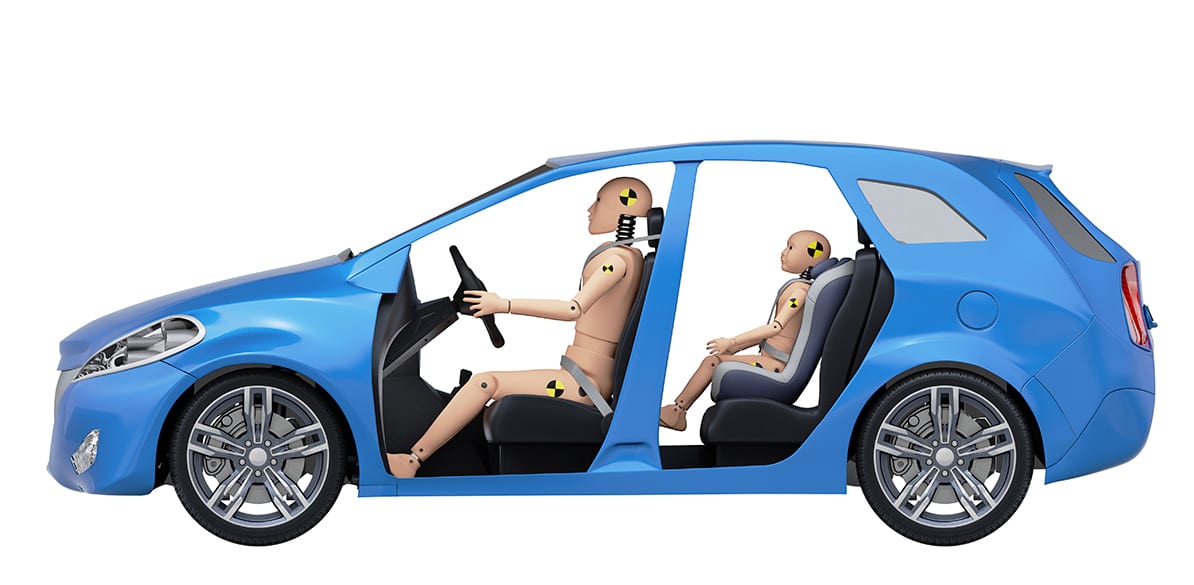Crash-test dummies: similarities and differences
We explain why these anthropomorphic dummies exist

Road Safety
The first thing to point out is an obvious fact, but one that some people are not sure about. The dummies are not real children.
Dummies are test devices designed not to break and to deliver the same result as many times as necessary. They are, therefore, testing tools that are designed for repeatability and reproducibility.
But how similar are the dummies to a child?
Essentially, this involves the proportions of the weight and the basic joints. It is important to emphasise the word ‘basic’ as a dummy cannot reproduce the complex movements of a child, in terms of the neck, spine, arms, pelvis or legs. This means that we have a tool that weighs the same as a child in the 50th percentile of a given age.
From that basis, a series of sensors are placed in different parts, like the head, neck, chest and pelvis, which determine the various accelerations or forces.
This is interesting, because these sensors respond to the stimuli we feed them. The greater the impact deceleration, the more the sensors will register, up to the limits of the system.
One of the most common questions we ask ourselves is: why is the test carried out at 50 km/h and not at a higher speed?
From the point of view of data checking, the impact speed is irrelevant, as we know that the higher the speed, the more the braking distance, the more the deceleration, and therefore the more the dummy sensors will register, but this is not useful. What is useful is to find out what injuries a child would sustain at a given deceleration. This is why limits have been defined for head acceleration, chest acceleration, or abdominal pressure.
Where these limits originated is somewhat difficult to explain and would require a long article. What we have, at present, are dummies that establish values which, at some point in time, have been related to possible injuries.
And that is the key. Dummies are used to check that the sensors do not exceed certain limits, usually defined by a standard. These limits are considered acceptable to ensure the safety of children in the event of an accident.
The injuries that a child could sustain in a collision usually involve a combination of factors that are difficult for a dummy to replicate, and this factor is probably the most limiting; let us hope that this can be improved in the future.
However, even if dummies do not behave exactly like children and are only able to predict some head injuries or abdominal trauma, they are the tool that exists today to help us develop child seats and improve child safety, and a key tool for ensuring that child seats become reliable products that we can trust to keep our little ones safe.
